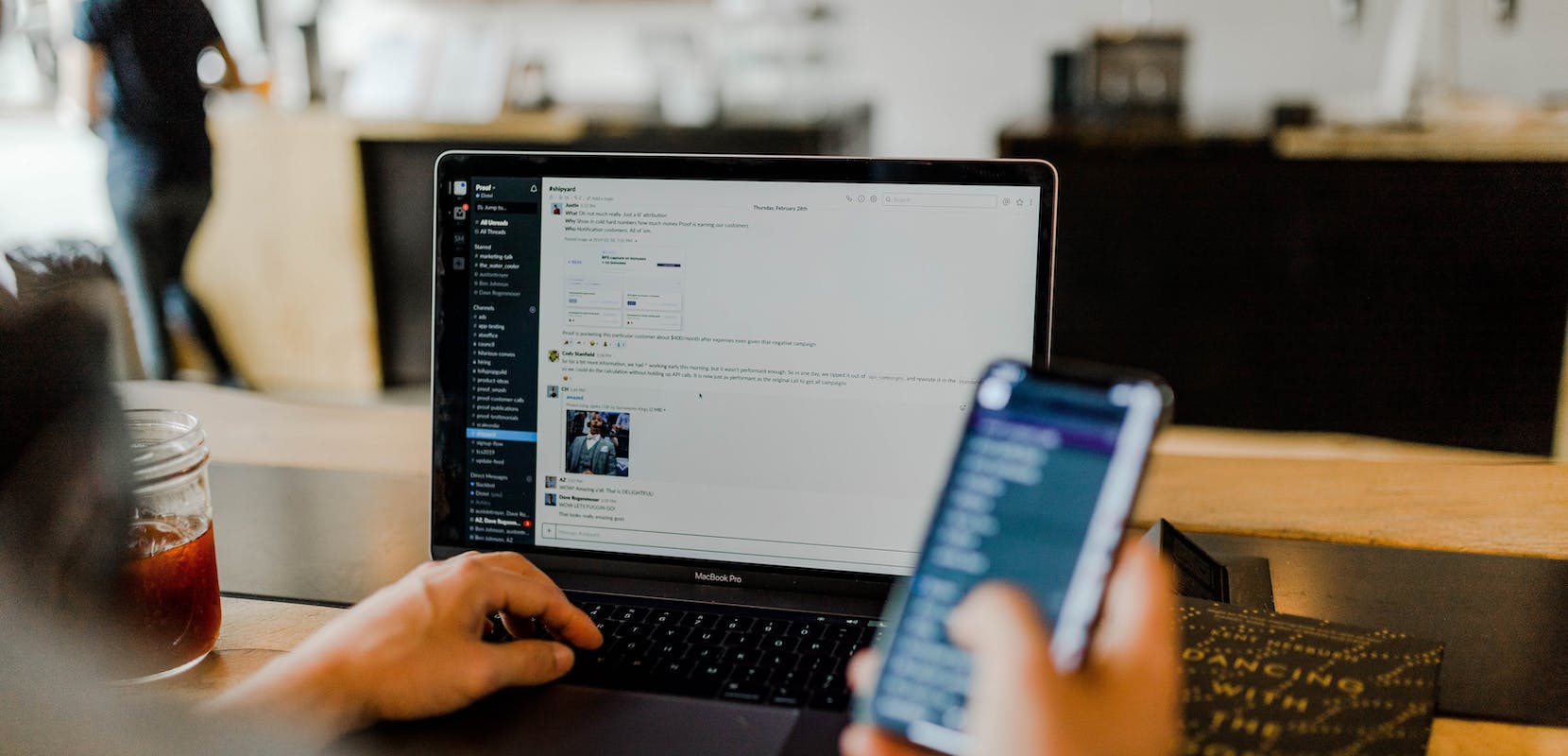Introduction
If your company is considering facial recognition as an addition to the physical security system for your business, and you are worried about your employees’ privacy concerns or local data security regulations – you are not alone. Corporations, organizations, and governments worldwide that rely on commercial security systems to control workplace employee access are also worried about the infringing privacy aspects of biometric identification technologies.
There are several risks related to facial recognition, such as data theft, friction in user experience, and a single point of failure where the right user can’t gain access if their phone or computer cannot verify them. On the other hand, facial authentication offers privacy-friendly tools that enable companies to implement a robust security system for their business while addressing users’ concerns related to their personal data.
This article talks about facial authentication and how it differs from facial recognition. We’ll look at how facial authentication addresses users’ privacy concerns and helps companies deploy privacy-friendly employee access controls in workspaces.
Facial Recognition Vs. Facial Authentication
Facial Recognition: This is a biometric application used to verify or identify a person by analyzing and comparing their facial points and contours.
Facial Authentication: Facial authentication goes a step further by comparing a user using one-to-few matching to a secure, fully-closed database that they have previously opted into with their consent.
While both facial recognition and authentication are facial biometric systems, they differ in how they control employee access.
How Facial Authentication Works
Basic facial recognition leverages technology to recognize a person’s face. It works by using biometrics to map the facial points and contours from a photo or video. This information is then compared with a database of known faces to verify a person’s identity and logs information of other individuals into the database.
Unlike facial recognition, which uses one-to-many matches, facial authentication works by performing one-to-few matches. A person’s face is their credential in the case of facial authentication, and access is granted when the user’s face matches the stored biometric template.
Facial authentication can be used for a user’s verification on their personal device as well as a security system for a business. Mobile phones like Apple iPhone X and later models use 1:1 matching (face authentication) for verifying a person’s identity. This method offers a simple way to determine whether a person is the right user trying to gain access.

How Facial Authentication Addresses Privacy Concerns
Various concerns have been raised over the past few years related to facial recognition. Many people consider the use of facial technology as a security system for a business as a violation of their privacy rights. These companies gather biometric data of users, which in some cases occurs without their knowledge or consent. This data is stored in large databases and processed, shared, and even sold to 3rd parties for various purposes, including covert surveillance and sending targeted ads. This non-consensual method of collecting personal data is what most people refer to when they talk about face recognition.
Over the past few years, several privacy laws and guidelines have been passed including the Illinois Biometric Information Privacy Act (BIPA), CCPA, and GDPR with the aim to restrict the use of non-consensual data collection and handling which infringes the privacy rights of citizens.
On the other hand, facial authentication systems use a technique called one-to-few matching. It recognizes a user interacting with a security system of a business or personal device. All system users have to give their explicit consent before being enrolled into a facial authentication system. This also allows companies to create and maintain users’ biometric profiles to meet the data requirements of local laws and secure the privacy of enrolled users.
Conclusion
This post looked at how facial authentication offers a privacy-friendly way to verify users and helps companies comply with data regulations. Deploying facial authentication in the security system of your business or organization is a great way to control employee access control without compromising their privacy and user experience.
← Previous --
Next →
Tag(s):
Blog
Other posts you might be interested in
View All Posts
Blog
5 min read
| July 28, 2021
Alcatraz AI’s Door Access Control System for Enterprises and Data Centers
Read More
Press Release
2 min read
| May 16, 2023
Alcatraz AI Appoints Moderna’s Dean Geribo to Advisory Board
Read More
Blog
5 min read
| January 26, 2022
5 Ways to Streamline Your Company’s Access Control
Read MoreSubscribe to email updates
Additional content around the benefits of subscribing to this blog feed.

